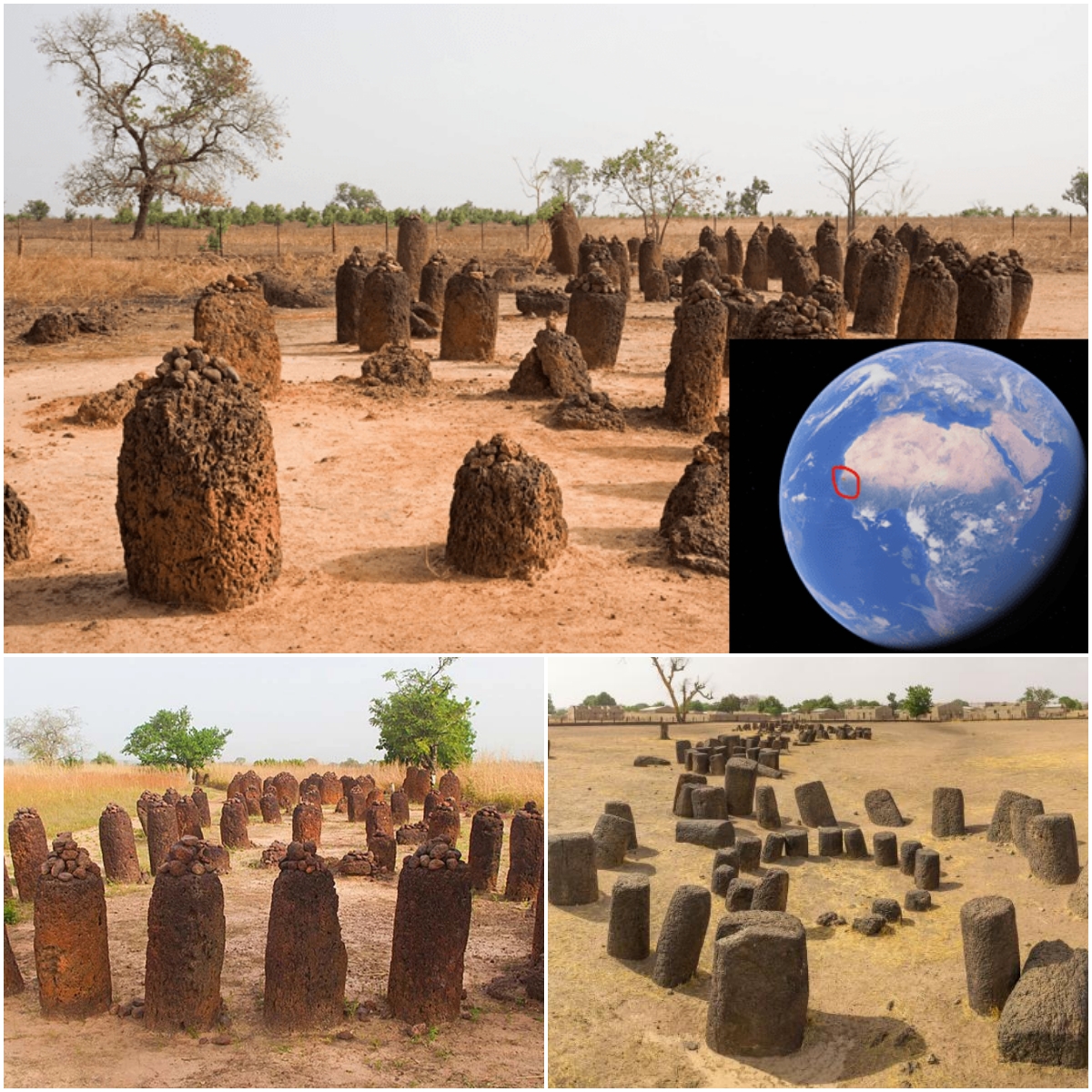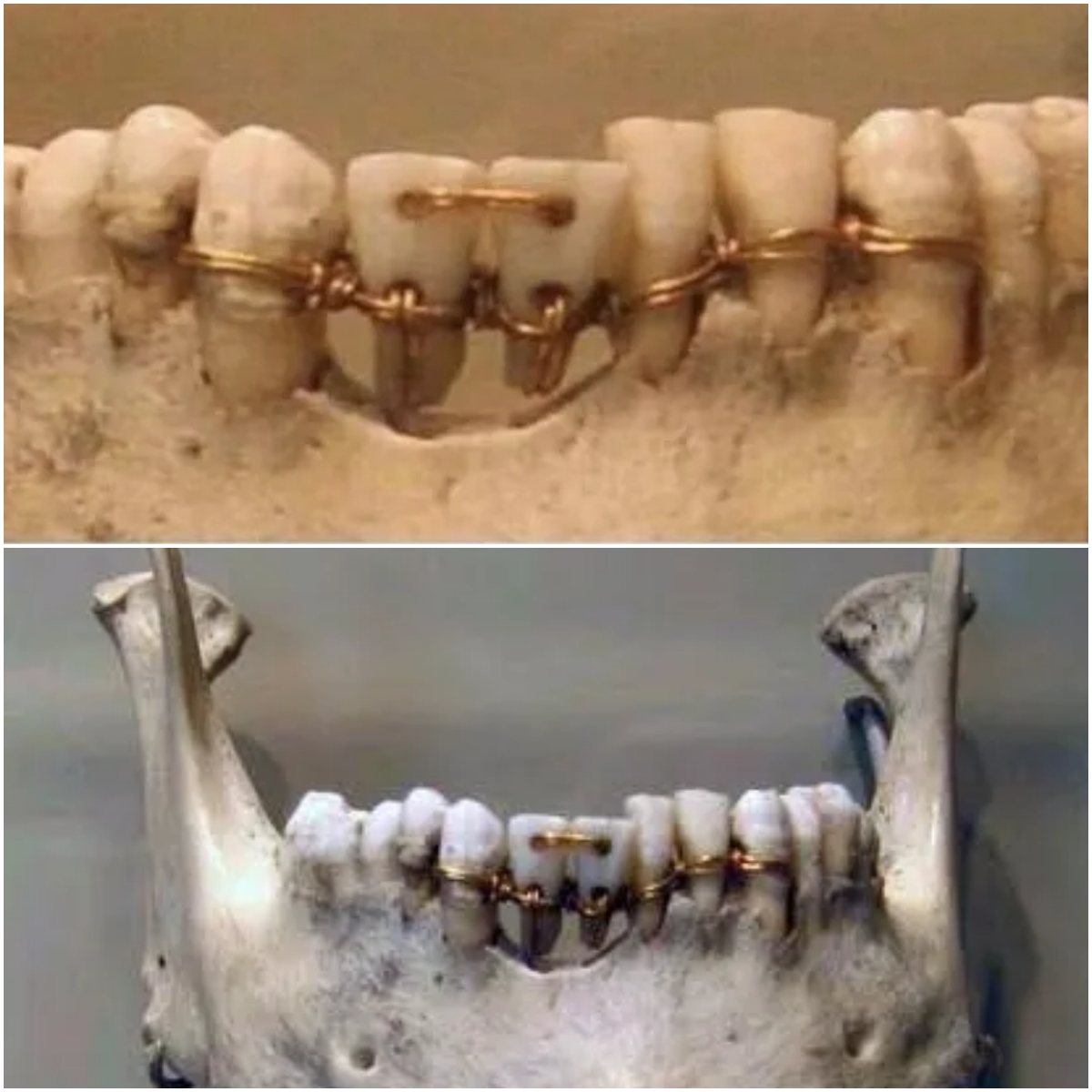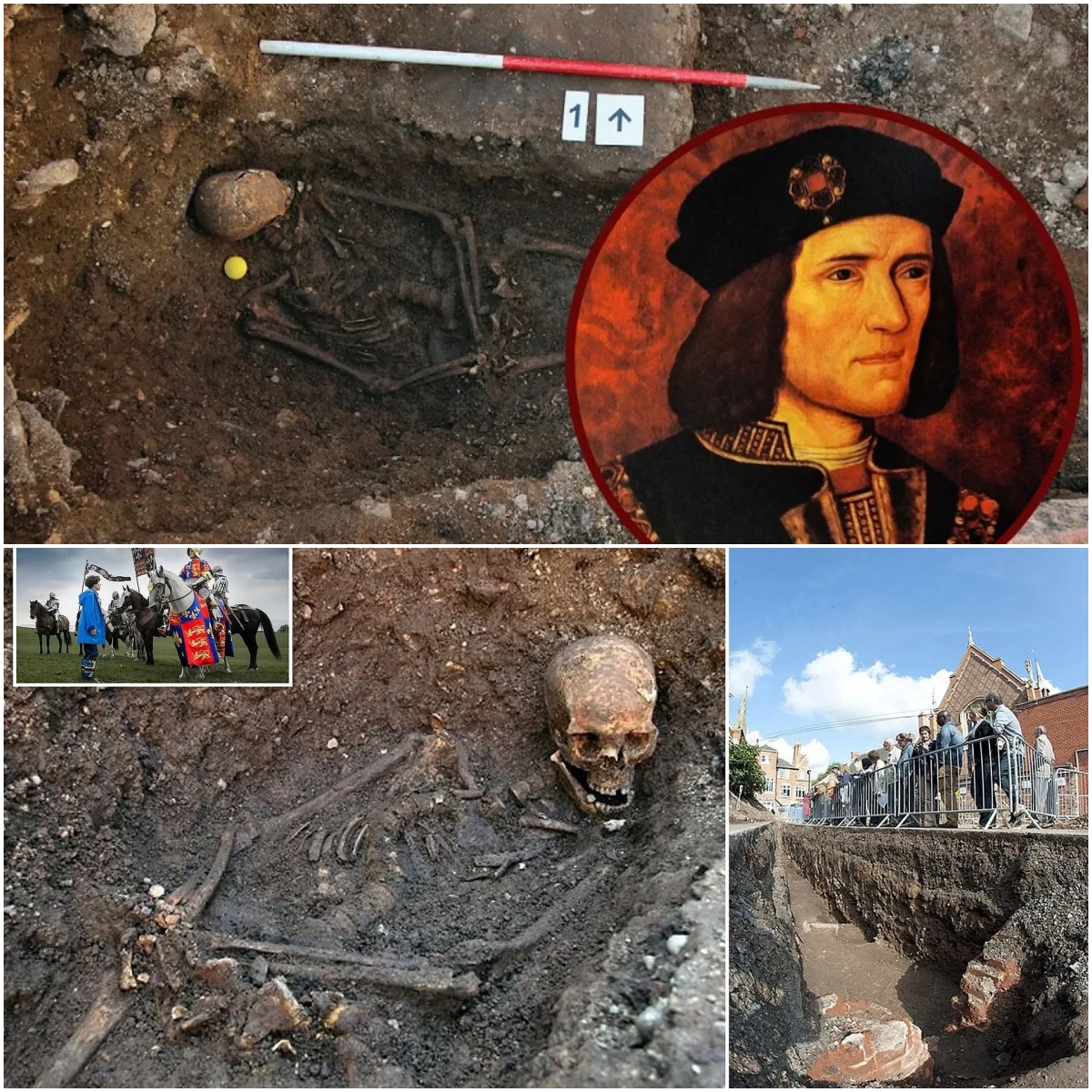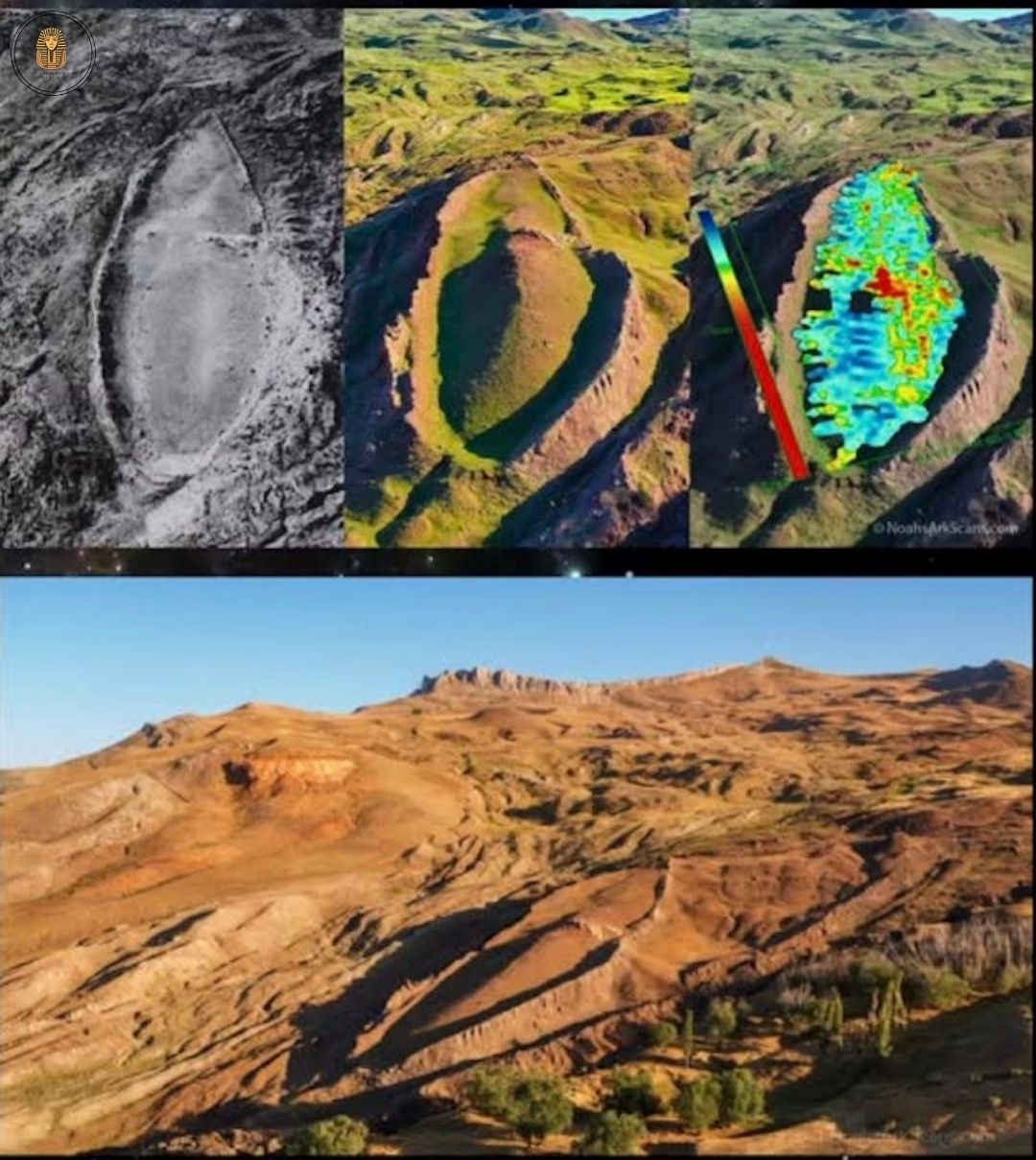Bodies Intact for Centuries: Earth’s Preservation Puzzle
In the heart of the Andes, more than 6,700 meters above sea level, Mount Llullaillaco keeps a terrifying and fascinating secret. This volcano, one of the highest in the world, is home to an unprecedented archaeological find: the mummies of the Children of Llullaillaco. These human relics, more than 500 years old, are preserved in such impeccable condition that they seem to defy the laws of time.

In 1999, a team of archaeologists led by Johan Reinhard made the discovery after an arduous expedition in extreme conditions. Three bodies were found buried in an Inca sanctuary at the top of the volcano. These mummies, a boy and two girls, were offered in a ritual known as “capacocha”, a sacred act for the Incas that sought to connect with the gods and ensure the fertility of their lands.

What makes these mummies exceptionally unique is their near-perfect preservation. Llullaillaco’s subzero temperatures, low oxygen pressure, and arid environment have preserved minute details: perfectly braided hair, colorful ceremonial clothing, and even the children’s facial expressions. One body, nicknamed “The Maiden,” still has traces of flowers in its hair, while “The Child” shows signs of having suffered during the ritual, with traces of dried blood on his lips.

The scientific analyzes carried out have revealed chilling details. Before their sacrifice, the children consumed chicha (an alcoholic beverage) and coca leaves, possibly to make them drowsy and prepare them for the ritual. The precision and respect with which they were buried reflects the importance of this act in Inca cosmology.
However, the find also raises disturbing questions: how do these rituals link to the Inca concept of death and eternal life? Was this sacrifice an act of devotion or a tool of social control? And furthermore, what does this discovery tell us about our relationship with mortality?
The conservation of the bodies has allowed us not only to better understand Inca rituals, but also to reflect on how extreme conditions can turn nature into an ally of historical preservation.

Mount Llullaillaco is not only a testimony to the power of nature, but also a window into the cultural and spiritual complexities of a civilization that, centuries after its heyday, continues to speak to us from above.
Could this be the closest place to immortality on Earth? While science advances in deciphering the secrets of these mummies, the mystery of Llullaillaco continues to fascinate the world.






